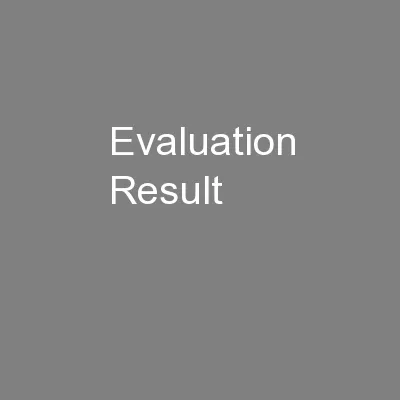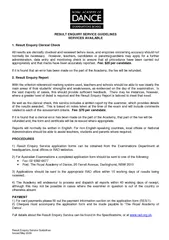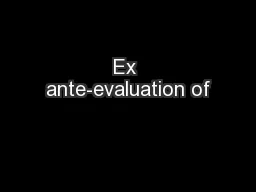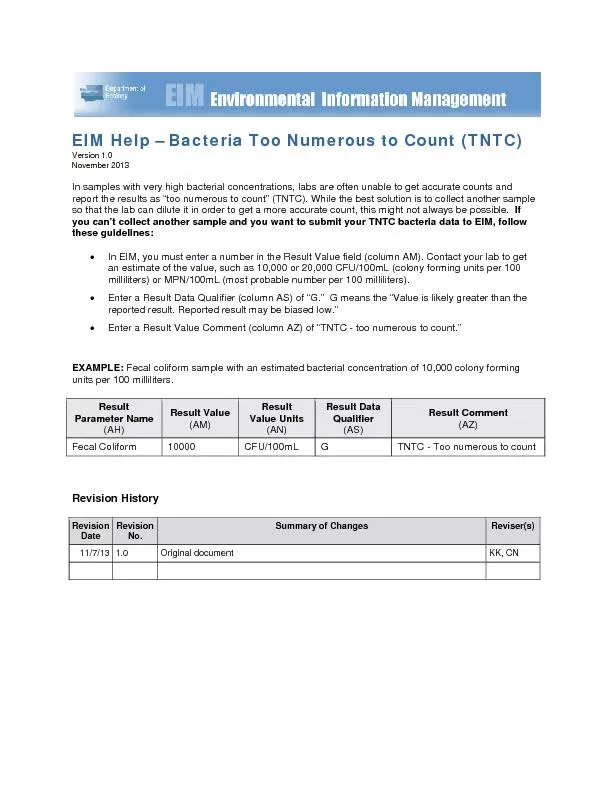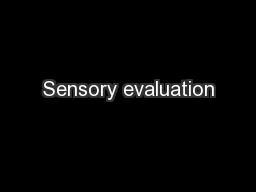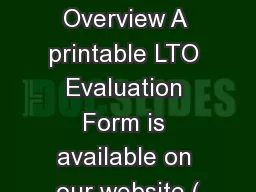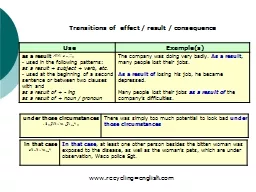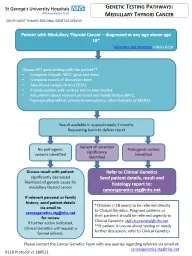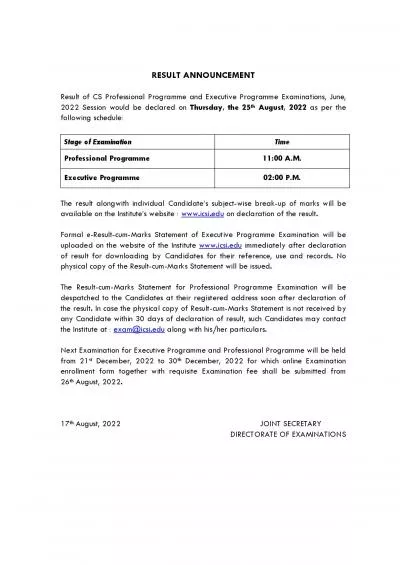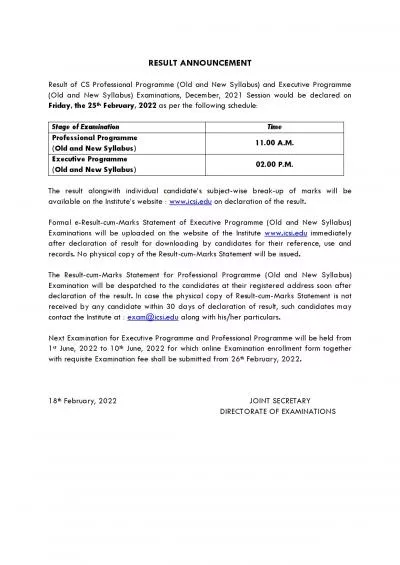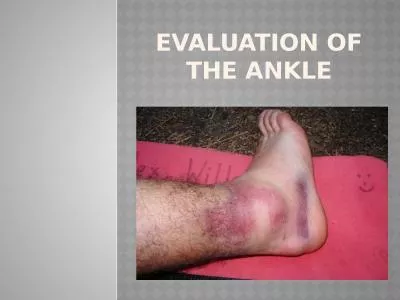PPT-Evaluation Result
Author : pasty-toler | Published Date : 2016-10-17
Now we are ready to write our evaluation report Basically we are going to fill our content to the checklist boxes we learned in lec2 Putting them together S519 The
Presentation Embed Code
Download Presentation
Download Presentation The PPT/PDF document "Evaluation Result" is the property of its rightful owner. Permission is granted to download and print the materials on this website for personal, non-commercial use only, and to display it on your personal computer provided you do not modify the materials and that you retain all copyright notices contained in the materials. By downloading content from our website, you accept the terms of this agreement.
Evaluation Result: Transcript
Download Rules Of Document
"Evaluation Result"The content belongs to its owner. You may download and print it for personal use, without modification, and keep all copyright notices. By downloading, you agree to these terms.
Related Documents

